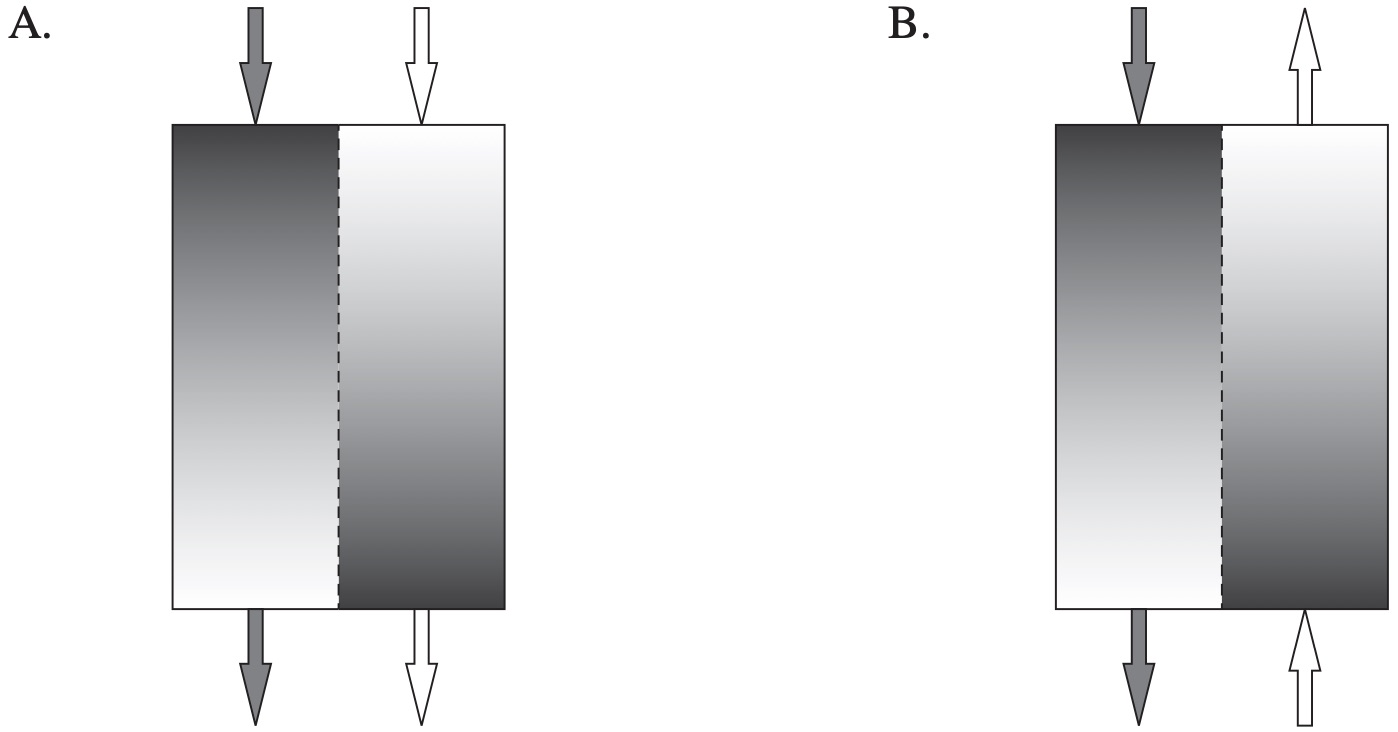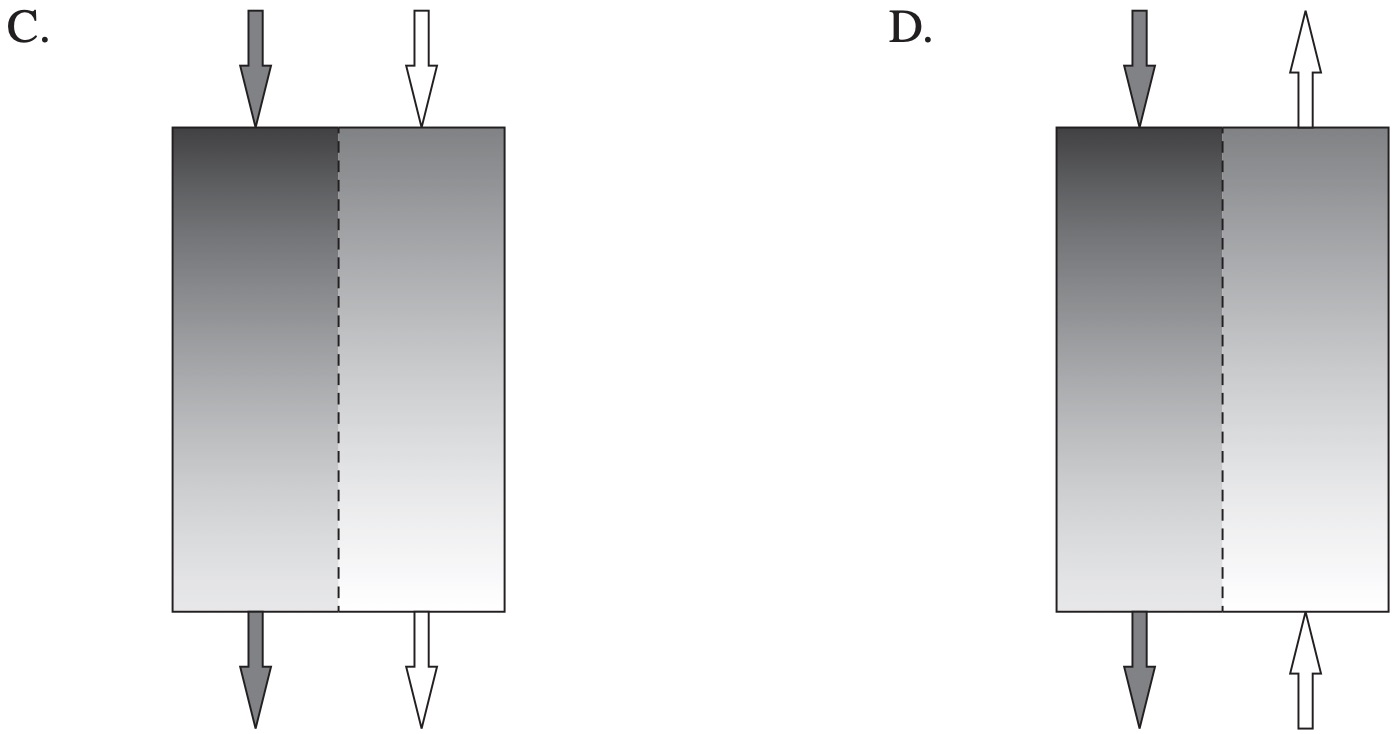Dialysis is used to assist people with loss of kidney function.
Which row of the table correctly describes the composition of blood before and after
dialysis?
\begin{align*}
\begin{array}{l}
\rule{0pt}{2.5ex} \ \rule[-1ex]{0pt}{0pt}& \\
\rule{0pt}{2.5ex}\textbf{A.}\rule[-1ex]{0pt}{0pt}\\
\rule{0pt}{2.5ex}\textbf{B.}\rule[-1ex]{0pt}{0pt}\\
\rule{0pt}{2.5ex}\textbf{C.}\rule[-1ex]{0pt}{0pt}\\
\rule{0pt}{2.5ex}\textbf{D.}\rule[-1ex]{0pt}{0pt}\\
\end{array}
\begin{array}{|l|l|}
\hline
\rule{0pt}{2.5ex}{Blood \ before \ dialysis}\rule[-1ex]{0pt}{0pt}& {Blood \ after \ dialysis} \\
\hline
\rule{0pt}{2.5ex}\text{High urea and high glucose}\rule[-1ex]{0pt}{0pt}&\text{Low urea and high glucose }\\
\hline
\rule{0pt}{2.5ex}\text{High urea and high glucose}\rule[-1ex]{0pt}{0pt}& \text{High urea and low glucose }\\
\hline
\rule{0pt}{2.5ex}\text{Low urea and low glucose }\rule[-1ex]{0pt}{0pt}& \text{Low urea and high glucose } \\
\hline
\rule{0pt}{2.5ex}\text{Low urea and high glucose}\rule[-1ex]{0pt}{0pt}& \text{Low urea and low glucose} \\
\hline
\end{array}
\end{align*}


